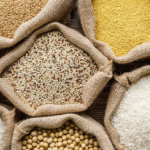
Seed Treatment: Key Trends, Changes, and Opportunities
This highlights report features select excerpts from Kline’s upcoming, in-depth study.
JOIN OUR TEAM

This highlights report features select excerpts from Kline’s upcoming, in-depth study.

Global Mosquito Control provides brand sales and market share data for U.S mosquito control.
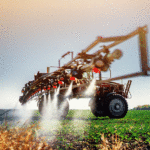
This report is a comprehensive analysis examining U.S. crop protection manufacturers’ efforts to mitigate herbicide resistance by combining two or more herbicides, GMO crops, and new modes of herbicidal action.
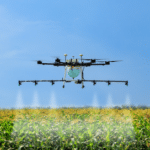
A competitive analysis examining U.S. crop protection manufacturers in 2023, this report focuses on product sales, key trends, changes, and challenges for major manufacturers.
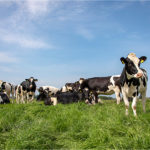
A comprehensive overview of the market for pesticides which are used to improve animal health in the beef, dairy, egg, poultry, hog, and sheep production industries.
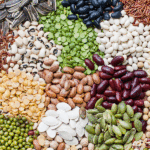
This report provides insights into the control mechanisms used in stored grain facilities in the United States. It assesses on-farm, off-farm, and export grain sites.
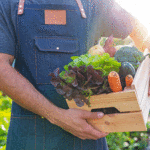
A comprehensive analysis examining the U.S. specialty fruit and vegetable market in 2020, this report will include sales and volumes by brand, active ingredient, and supplier for the 40+ crops covered.

The study is a comprehensive analysis with two volumes of data, one including chemical treatments and the other covering pesticide seed treatments. It is designed to provide suppliers with the latest information on the size, structure, and outlook for seed treatments in each of the 4 regions and 12 featured countries.
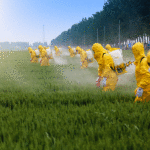
Pesticide Adjuvants Market details the sales values of adjuvants used in the U.S. crop protection industry. The report also provides a detailed analysis of the numerous technologies used in this important market.
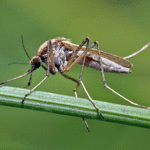
A comprehensive analysis examining the mosquito control/disease vector and the pesticides used for its treatment control by governments*, this report provides suppliers and formulators with the latest information on product usage for the mosquito control market with a breakdown for adulticides and larvicides.
| Cookie | Duration | Description |
|---|---|---|
| cookielawinfo-checkbox-analytics | 11 months | This cookie is set by GDPR Cookie Consent plugin. The cookie is used to store the user consent for the cookies in the category "Analytics". |
| cookielawinfo-checkbox-functional | 11 months | The cookie is set by GDPR cookie consent to record the user consent for the cookies in the category "Functional". |
| cookielawinfo-checkbox-necessary | 11 months | This cookie is set by GDPR Cookie Consent plugin. The cookies is used to store the user consent for the cookies in the category "Necessary". |
| cookielawinfo-checkbox-others | 11 months | This cookie is set by GDPR Cookie Consent plugin. The cookie is used to store the user consent for the cookies in the category "Other. |
| cookielawinfo-checkbox-performance | 11 months | This cookie is set by GDPR Cookie Consent plugin. The cookie is used to store the user consent for the cookies in the category "Performance". |
| viewed_cookie_policy | 11 months | The cookie is set by the GDPR Cookie Consent plugin and is used to store whether or not user has consented to the use of cookies. It does not store any personal data. |